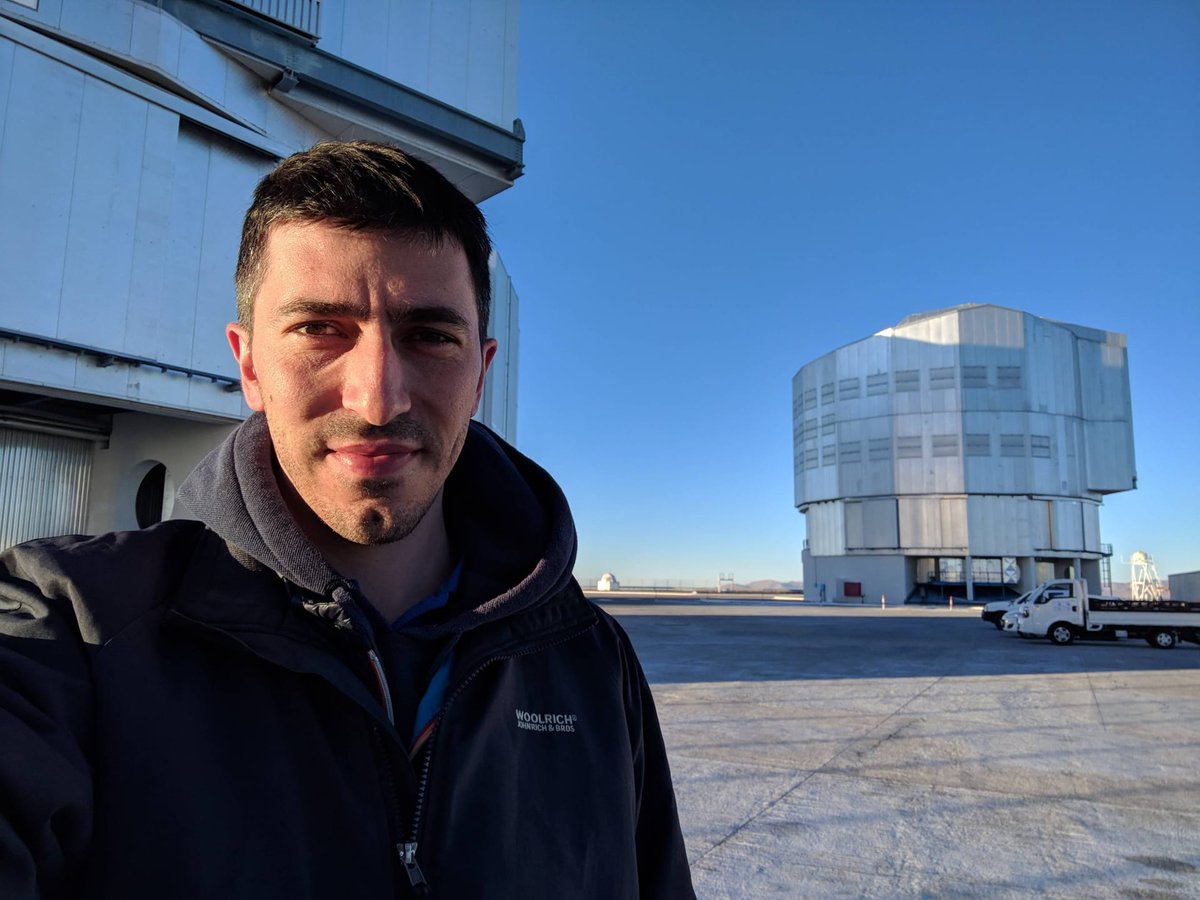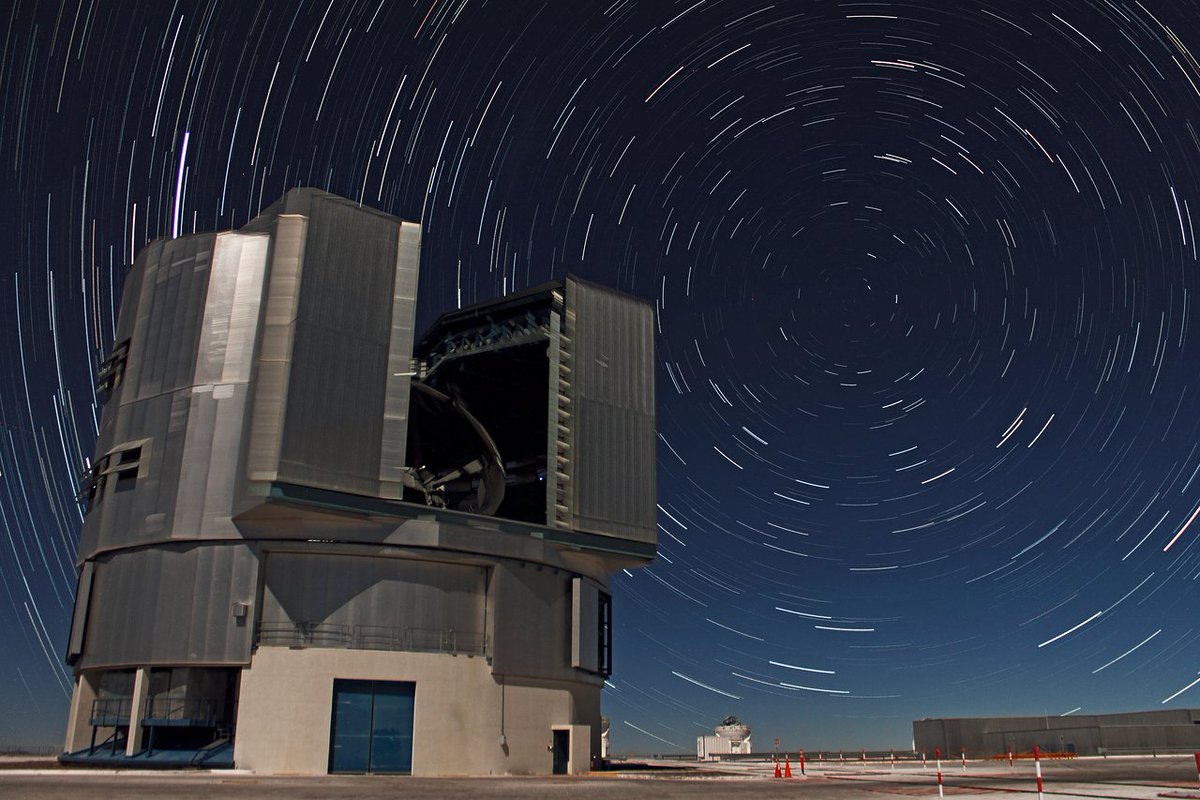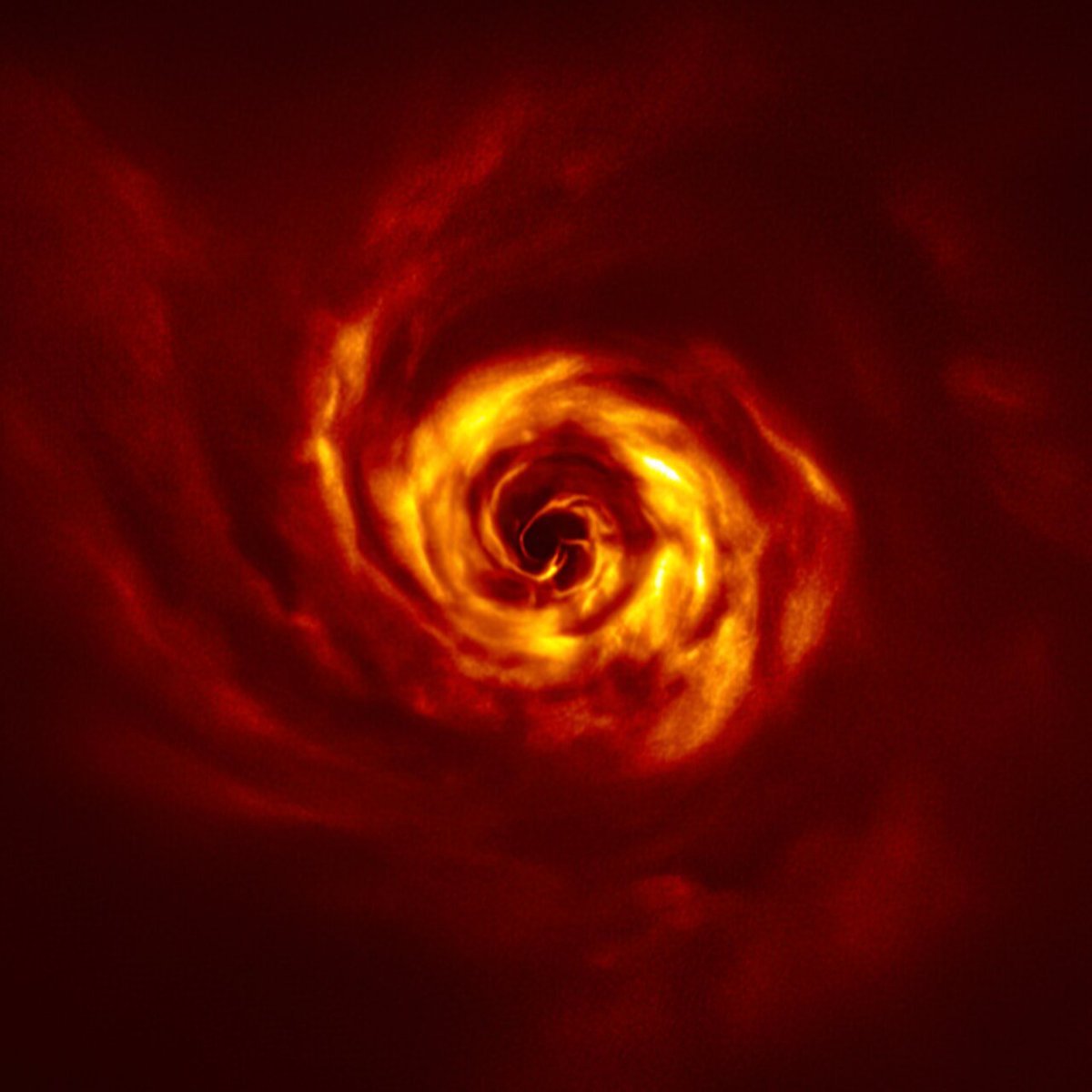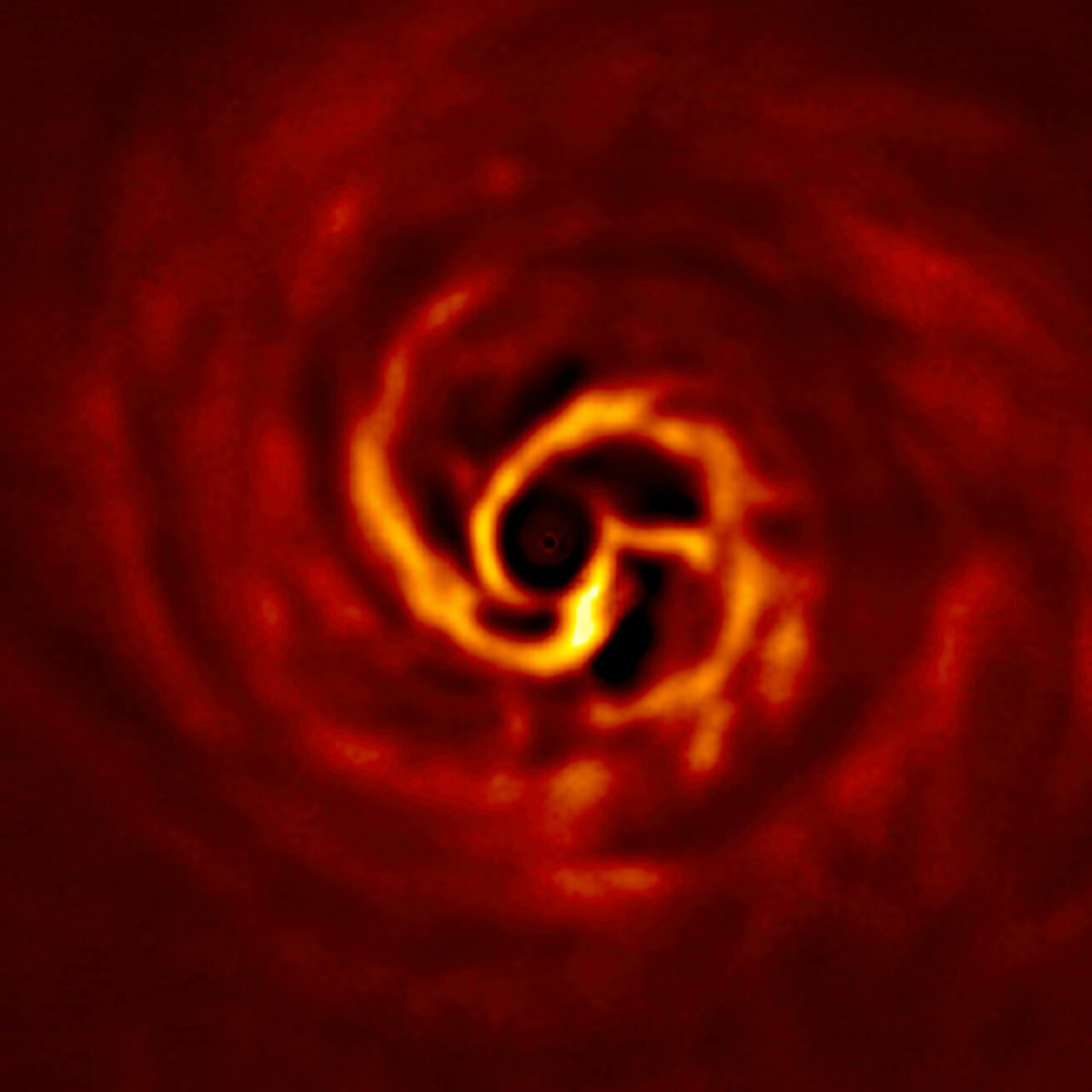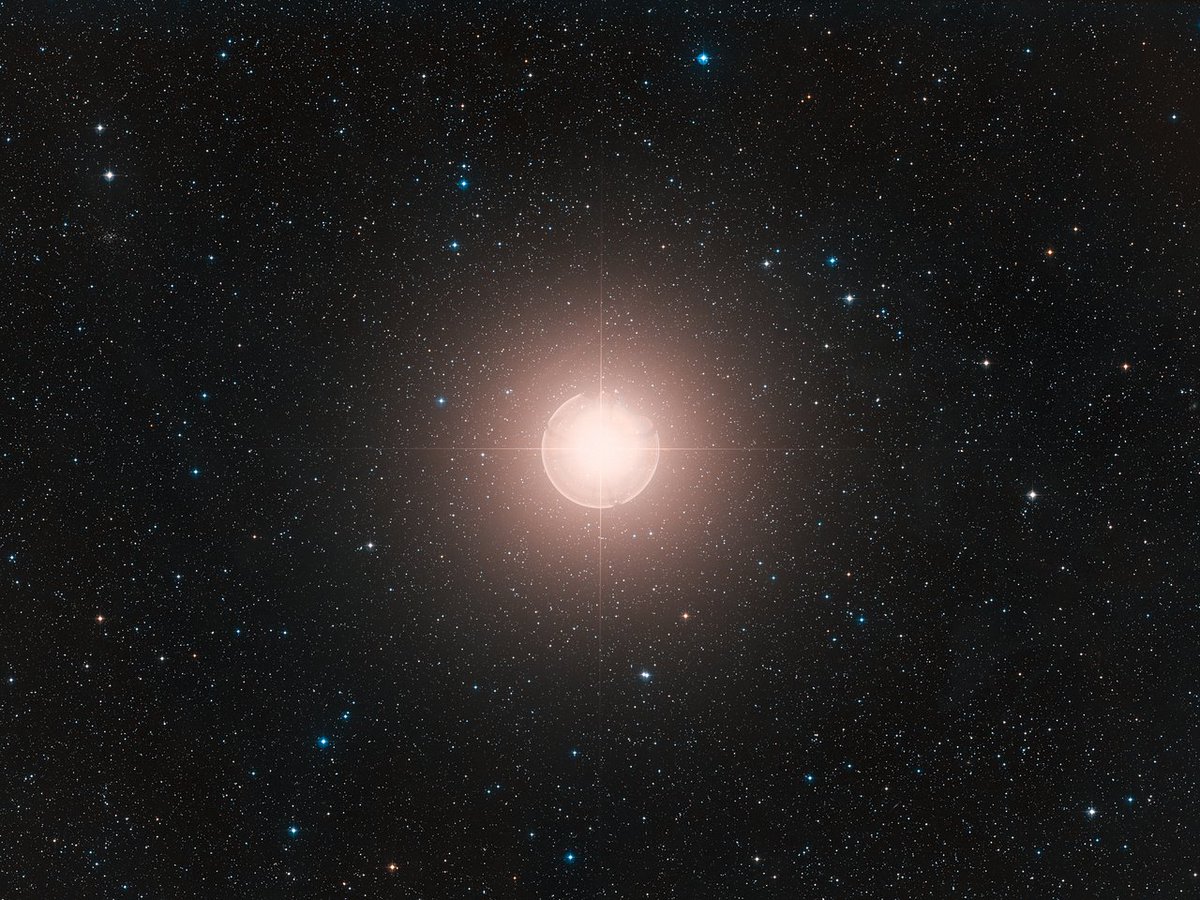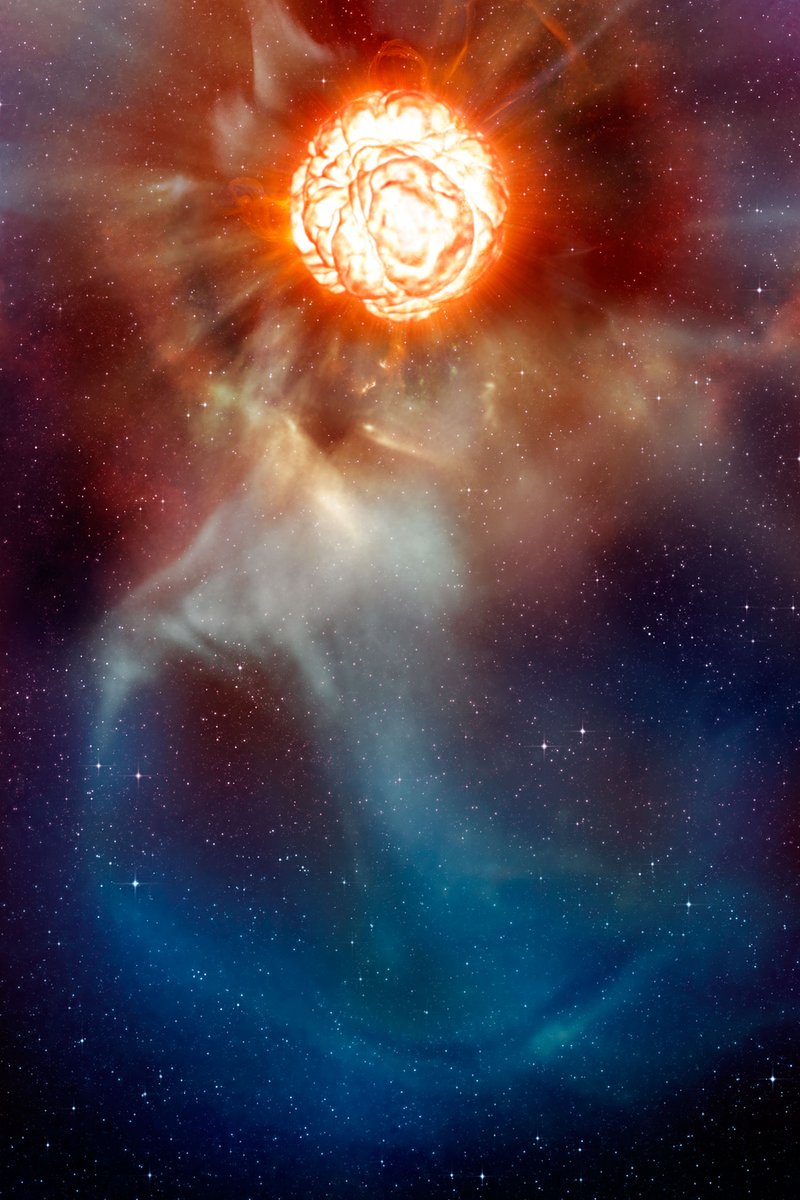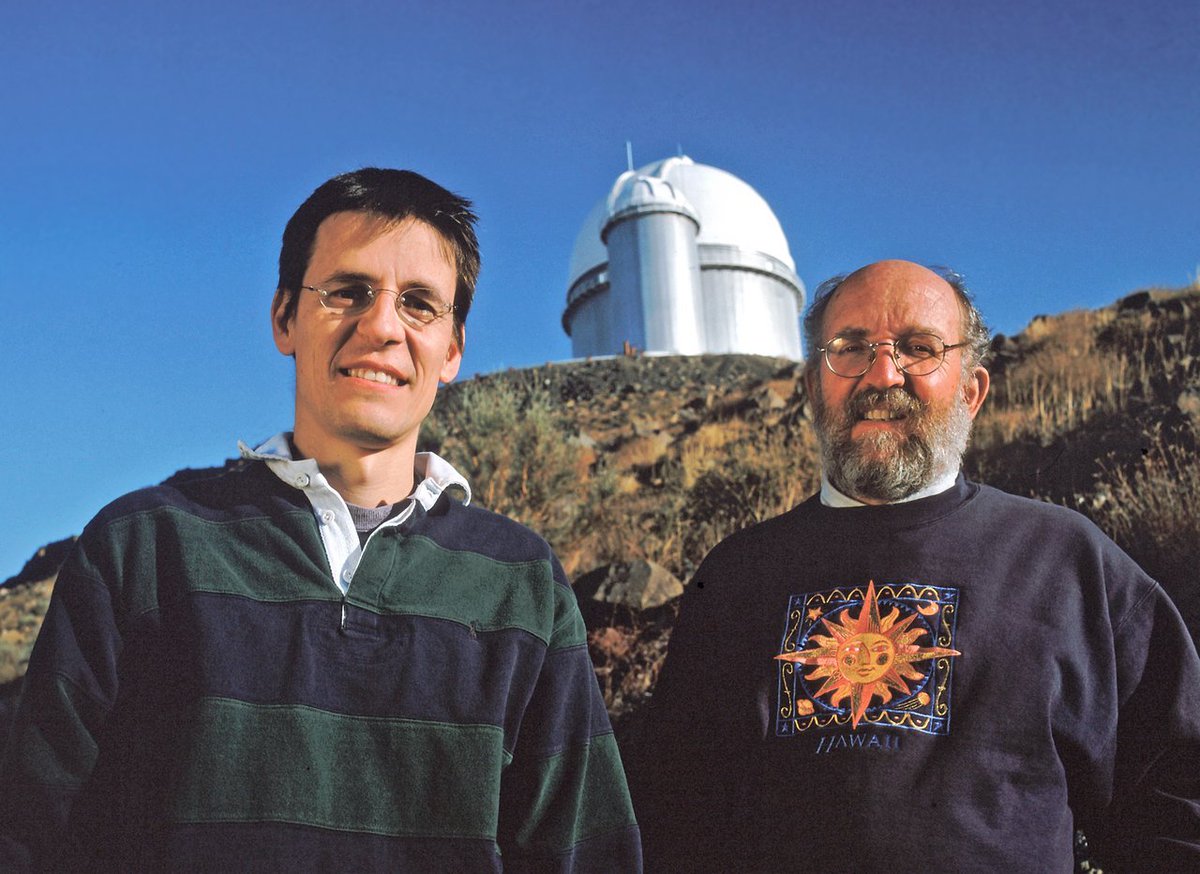
1/ Did you watch #DontLookUp by @GhostPanther ? Fun fact: when Dr. Mindy is scribbling orbital equations on a whiteboard, that’s actually our own @MichaelMarsset , currently an @ESO fellow in Chile! 

@GhostPanther @MichaelMarsset 2/ Michaël is an expert on asteroids, having used our VLT to study their shapes and formation history. In 2020 he was a postdoc at @MIT and when the movie team reached out looking for a "double" for that scene, he didn't think twice.
Credit: @ESO /M. Marsset
Credit: @ESO /M. Marsset

@GhostPanther @MichaelMarsset @MIT 3/ "I immediately replied that I was interested," he says, "being a huge fan of @LeoDiCaprio both as an actor and as an environmental activist. The central idea of the movie, the imminence of a cometary impact as an allegory of the climate crisis, also strongly resonated with me"
@GhostPanther @MichaelMarsset @MIT @LeoDiCaprio 4/ Before filming he chatted with Prof. @AmyMainzer , asteroid expert and science consultant for the movie. "I was impressed by the efforts she had made in getting the science as accurate as possible while fulfilling the plot and artistic requirements of the movie" he says.
@GhostPanther @MichaelMarsset @MIT @LeoDiCaprio @AmyMainzer 5/ "At the filming set, I learned that making a movie is a very slow process that reminded me of some observing nights at the telescope. Most of the time, not much happens, you just sit tight and assess... I mean... wait your turn for action."
@GhostPanther @MichaelMarsset @MIT @LeoDiCaprio @AmyMainzer 6. As Michaël says, the impact in the movie is an allegory for a different type of disaster, but if you want to find out more about what astronomers are doing to prevent cosmic clashes, check this article: eso.org/public/blog/hu…
• • •
Missing some Tweet in this thread? You can try to
force a refresh


